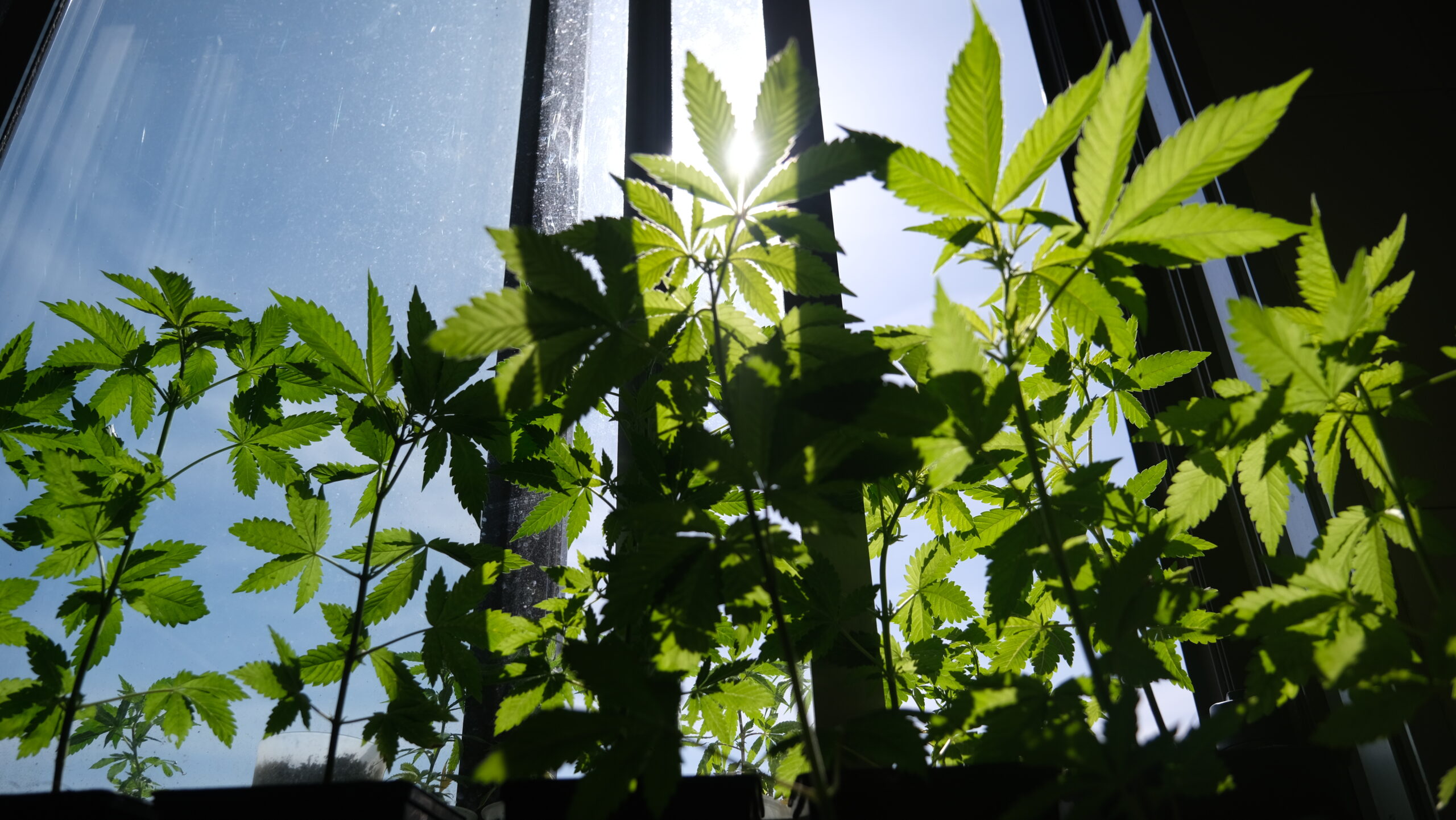German health minister: We will allow Cannabis Social Clubs, soon!
So, back in April 2023, Health Minister Lauterbach dropped some news. He announced that, as a first step, they want to make it legal to possess a small amount of cannabis, grow your own for personal use, and even form clubs for group cultivation. Sounds pretty big, right? Well, a leaked draft law from the Ministry of Health is now making the rounds. The thing is, while I’m generally on board with the idea of Cannabis Social Clubs (CSCs), they’re part of our plan for how cannabis should be regulated in Germany, the nitty-gritty details in the current draft have raised some concerns.
In a nutshell, these details might make it tricky for CSCs to actually operate. So, what are these CSCs, what are Lauterbach’s proposed rules, and should you think about starting or joining a club right now? Let´s dive into that.
Well, CSCs are basically collective cultivation communities with the primary goal of providing adult members with cannabis at cost. The important thing is that they shouldn’t be driven by profit motives. Now, how much members are involved in the actual cannabis cultivation can vary greatly. You’ve got small clubs with just a handful of members who take care of everything, from growing and harvesting to drying and processing the cannabis. On the other end of the spectrum, you’ve got larger clubs with hundreds or even thousands of members who hire professional growers and other experts to handle cannabis production.
Whether or not club members can also consume cannabis on the club’s premises varies from country to country.
Now, let’s talk about the history of these Cannabis Social Clubs.
The whole idea first cropped up in Spain, where, around the turn of the millennium, the private cultivation of a limited number of hemp plants for personal use was tolerated. Some consumers then had a lightbulb moment: “What if we collectively engage in this tolerated cultivation and pool our plants together?” Well, that simple-sounding idea led to years of legal battles, but in the end, clubs like “Pannagh” and “Ganjazz” emerged victorious. The organization ENCOD then put together a guide for non-commercial Cannabis Social Clubs. Since then, hundreds of CSCs have sprung up in Spain, supplying their members with cannabis, even though there isn’t a specific legal framework for these clubs. Typically, these clubs also offer a social community and a space for members to consume cannabis together. (Which makes sense to everyone consuming Cannabis I guess ;D )
 People enjoying the social factor within a Club
People enjoying the social factor within a Club
Speaking of the early days of Cannabis Social Clubs in Spain, it’s worth noting that one of the trailblazers in this movement was the AMEC (Asociación de Estudios del Cannabis). I had the incredible opportunity to visit AMEC during my last trip to Spain, and it was a truly unforgettable experience. During my visit, I had the privilege of meeting the core members of the Spanish social club movement—the very folks who ignited this whole journey. The AMEC, alongside other similar clubs, holds a special place in the heart of the CSC concept’s development in Spain.
Now, let’s look at some international examples.
Cannabis (Social) Clubs are already in existence in several countries, but their legal status varies significantly.
In Uruguay, the clubs are clearly regulated by law and are a vital part of the legal cannabis supply chain, alongside pharmacies and private cultivation. Malta has also established a legal framework, but the cultivation associations are still in their infancy, struggling with detailed, sometimes excessive, requirements. As of May 2023, no approved club exists in Malta yet.
Spain currently boasts the highest number of Cannabis Social Clubs, but they operate in a legal gray area since there isn’t a clear legal foundation. Typically, these clubs are tolerated, but occasional police raids occur, depending on the province. Due to the absence of cannabis specialty shops, some of these clubs appear to generate profits, catering to tourists and amassing tens of thousands of members.
In addition to these legal or tolerated cannabis clubs, there are also associations that operate illegally due to strict prohibition. For example, such groups can be found in the UK.
So, what are the benefits of a Cannabis Social Club?
One significant advantage of cultivation associations lies in their legality. Together with home cultivation, they are the only legal sources for cannabis under the initial draft law’s first pillar. Unlike the black market, cannabis obtained from these clubs is not likely to be adulterated with cutting agents, synthetic cannabinoids, and so on.
Furthermore, unlike home cultivation, you don’t need your own gardening skills or a suitable space for cannabis cultivation. According to the draft law, cultivation associations are expected to provide their members with cannabis at cost (meaning no profit). The final price of cannabis will depend heavily on future legal requirements (security measures, outdoor cultivation, etc.) and the specific “production plan” of the cultivation association.
Another advantage of the traditional Cannabis Social Club is the sense of community among members and the positive social aspects that result from it. Unfortunately, the current draft law prohibits consumption within the premises of the cultivation associations, thereby limiting the potential for social gatherings within the club’s premises.
So, what does the draft law from the Ministry of Health say about Cannabis Social Clubs?
The clubs, referred to as cultivation associations, are intended to, according to the draft law, initially enable the legal supply of cannabis alongside private cultivation. Later on, this offering is expected to expand to include a limited scientific distribution in model regions.
However, on-site consumption is not permitted, and it’s worth noting that Health Minister Lauterbach explicitly avoids using the term “Social” Clubs. Here are some key details outlined in the draft:
- Legal Structure: Registered association (e.V.).
- Operational approval required from state authorities.
- Maximum of 500 members.
- 50 grams per member per month.
- Maximum daily distribution: 25 grams.
- Minimum member age: 18 years.
- For members between 18 and 21, a limit of 30 grams per month with a THC cap.
- Residency: Must be in Germany, no tourists.
- Membership limited to one cultivation association.
- No on-site consumption within the club, in adjacent premises, or within a 250-meter radius.
- Determination of distances between cultivation clubs and schools, among other factors, by federal states.
- Screening of executive board members for “reliability,” with exclusions for issues like substance abuse or mental illness.
The draft also includes many other stringent regulations, which, as a whole, would make practical implementation quite challenging and financially demanding. Many of these points have already faced criticism from DHV, other associations, experts, and members of the Bundestag (German federal parliament). Therefore, it’s expected that the initial draft will undergo significant changes during the legislative process. Consequently, statements about the future of cultivation associations in Germany are subject to a high degree of uncertainty.
The information for this article is sourced directly from Deutsche Hanfverband.
Updates on Cannabis Legalization in Germany!
Hey there! Exciting news – Germany is taking a step towards legalization, and it all starts with the introduction of the Cannabis Club system. It might not be everything we’ve been hoping for just yet, but hey, it’s a beginning!
In April 2023, our German Minister of Health, Lauterbach, shared some news for cannabis enthusiasts. Beginning with the legalization of possessing a modest amount of cannabis, personal cultivation, and the formation of clubs for collective cultivation. Here’s the scoop: a sneak peek into the Ministry of Health’s draft law, leaked in November. Interested in learning more about these Cannabis Social Clubs (CSCs), Lauterbach’s game plan, and the details from that leaked document? You’re in the right place.
So, what exactly are these CSCs? What rules is Lauterbach putting on the table? Is now the time to consider joining a club? And, of course, let’s not ignore the potential challenges in his plan. How does it differ from the original social club model in Spain? And what’s the deal with the regulations on industrial hemp?
Ready to explore this cannabis update? Let’s dive in.


